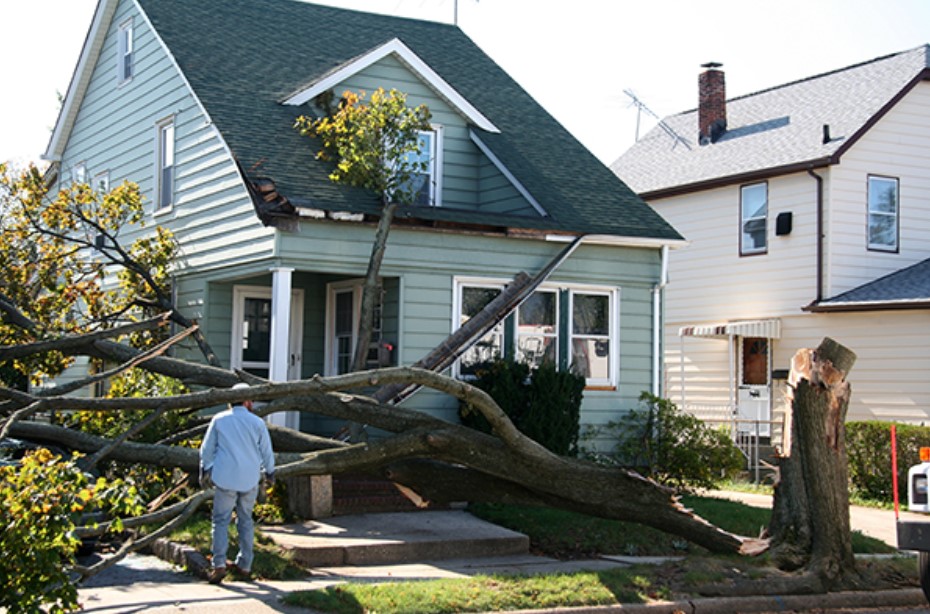
In Rhode Island, storm restoration is often associated with a great deal of water damage. This is because a storm’s wind-driven rain seeps into the property. This water can turn into mold within 24 hours.
CRMP regulations
The USEPA is the regulatory body that oversees Narragansett Bay, the Massachusetts and Rhode Island coasts, and USEPA Region I. Its goal is to protect the environment. For example, in Rhode Island, the USEPA has an ongoing monitoring program of the Palmer River, involving over 40 volunteers who conduct shoreline surveys to determine the river’s health.
The CRMP regulations for storm restoration in Rhode Island are intended to protect the state’s natural resources from damage from storms. The state’s coastal wetlands comprise 53 beaches, 36% rocky shores, and 11% flats. The regulations specify buffer zones in coastal areas ranging from 15 to 600 feet wide.
Reuse of dredged material
Dredged material from storms is a valuable resource that can be beneficially reused in habitat creation, beach nourishment, landfill cover, and land site remediation. The beneficial reuse of dredged material requires funding and cooperation from environmental agencies. If successful, these efforts can relieve the need for additional disposal sites.
Beneficial reuse of dredged material is an option that can help restore wetlands and ponds damaged by storms. Several companies are trying to use the dredged material to help restore wetlands and protect coastal areas. These organizations have partnered with government agencies to implement this option.
Power outages caused by downed limbs, trees, and poles
A storm like Sandy could affect a community in many ways. Power lines can be downed, buildings can be damaged, and trees can fall. These storms can be devastating and leave people in a state of confusion. As such, it is essential to be prepared for storm restoration efforts.
Utility companies are trying to bring power to as many customers as possible as soon as possible. Fortunately, a large team of workers from the National Grid has been dispatched to the area. By Tuesday evening, most customers should have power again. They are focusing on finalizing outages by 11 a.m. on Wednesday. While the work has been made more accessible because of the proximity of outages, it is still challenging due to the many downed trees and poles. By Monday morning, there were over 800 individual outages in Rhode Island and Massachusetts. Utility companies prioritize repairs to bring as many customers online as possible.
Cost of storm damage restoration
Rhode Island is home to several famous beaches, bluffs, and historic waterfronts. Unfortunately, it has become increasingly vulnerable to storms. Because of unrelenting development and a lack of respect for natural processes, Rhode Island’s coastline is less secure than it once was. As a result, the state could severely damage homes and businesses.
Homeowners’ insurance is usually adequate coverage for storm, wind, and lightning damage. Flood damage is generally covered through a separate policy. Inquire with your insurance agent to find out what is covered.
Impact of sea level rise on Rhode Island
The effects of sea level rise on Rhode Island’s coastal environment are well known. The state’s barrier beaches are particularly vulnerable to sea level rise, which will result in increased erosion and landward migration. Additionally, sea level rise will increase storminess, resulting in more storm surges, corrosion, and damage to coastal real estate and development.
The wetlands on Rhode Island’s coast are vulnerable to climate change and storms. These ecosystems need time to adjust to a changing climate. Unfortunately, built-up shorelines do not allow natural systems to flourish and thrive.
